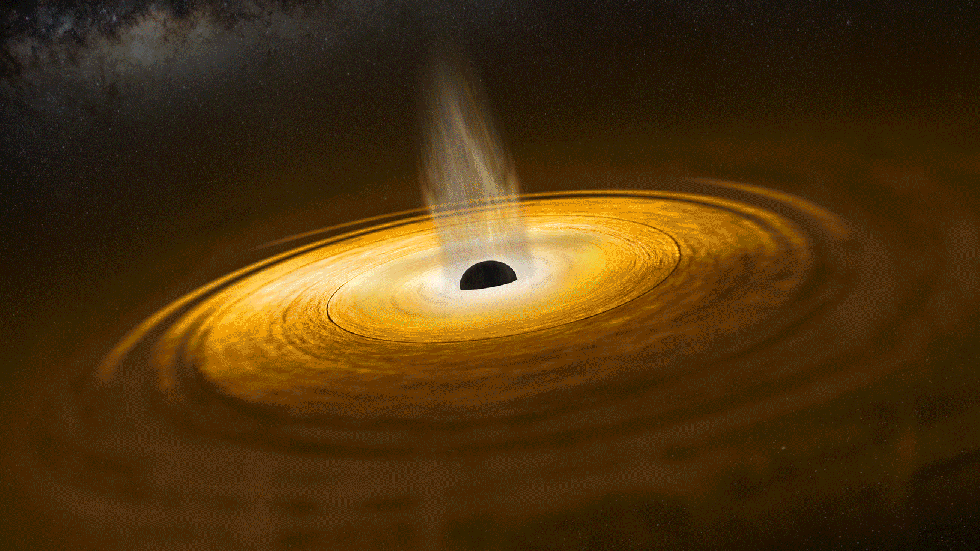A Century-Old Prediction Comes to Life as Light Echoes Behind a Supermassive Black Hole
In an astonishing scientific feat, astronomers have achieved a remarkable first: they have observed light bouncing off the back of a supermassive black hole, 800 million light years away in the galaxy Zwicky 11. This groundbreaking discovery provides compelling evidence for Albert Einstein’s century-old theory of general relativity, which proposed that gravity can bend both light and space.
Einstein’s Vision Realized: Unveiling the Light Echo
The groundbreaking observation, which has captured the attention of the global scientific community, brings to life an idea put forth by Albert Einstein more than a century ago. Einstein’s theory of general relativity posited that massive objects, such as black holes, possess the power to warp space and bend light. Now, for the first time, scientists have witnessed this phenomenon in action.
Unveiling the Enigma: A Glimpse into the Dark Heart
To accomplish this remarkable feat, researchers harnessed the power of two advanced space telescopes: NASA’s NuSTAR and ESA’s XMM-Newton. Focusing their attention on the supermassive black hole at the heart of the galaxy Zwicky 11, the scientists turned their gaze towards the corona – a region of high-energy electrons encircling the black hole.
The unexpected revelation came in the form of faint X-ray flashes emitted from the corona. These X-rays, upon striking the disk of gas and dust that surrounds the black hole, created an intriguing “echo” effect. This extraordinary phenomenon, a direct result of gravitational lensing, allowed astronomers to observe light that would otherwise remain hidden from view.
A Cosmic Ballet: The Play of Light and Gravity
The gravitational forces exerted by the supermassive black hole played a pivotal role in shaping the observed light echoes. As some of these echoes traveled behind the black hole, its immense gravity distorted and stretched the X-rays. This distortion, known as gravitational lensing, enabled scientists to capture a rare and enlightening glimpse into the inner workings of this cosmic enigma.
A Gateway to Understanding: New Horizons in Black Hole Research

This groundbreaking discovery is far more than a scientific curiosity – it unveils a new realm of possibilities for understanding the intricacies of black holes and their influence on the fabric of space-time. By observing light echoes, astronomers now have a unique tool to unravel the mysteries surrounding black holes, shedding light on how they interact with surrounding matter and shape their cosmic environment.
[Image: Visualization depicting the gravitational lensing effect around a supermassive black hole.]
he recent achievement of witnessing light bounce off the back of a supermassive black hole marks a profound milestone in the field of astrophysics. Confirming Einstein’s predictions, this discovery not only provides a glimpse into the hidden workings of these cosmic behemoths but also opens new avenues for understanding the fundamental nature of space, time, and gravity. As scientists continue to explore the universe’s most enigmatic phenomena, this breakthrough paves the way for exciting revelations that promise to reshape our understanding of the cosmos.
Resources:
2.https://www.livescience.com/einstein-proven-right-black-hole
4.https://www.cnn.com/2021/08/02/world/black-hole-light-einstein-scn/index.html
5.https://news.stanford.edu/2021/07/28/first-detection-light-behind-black-hole/